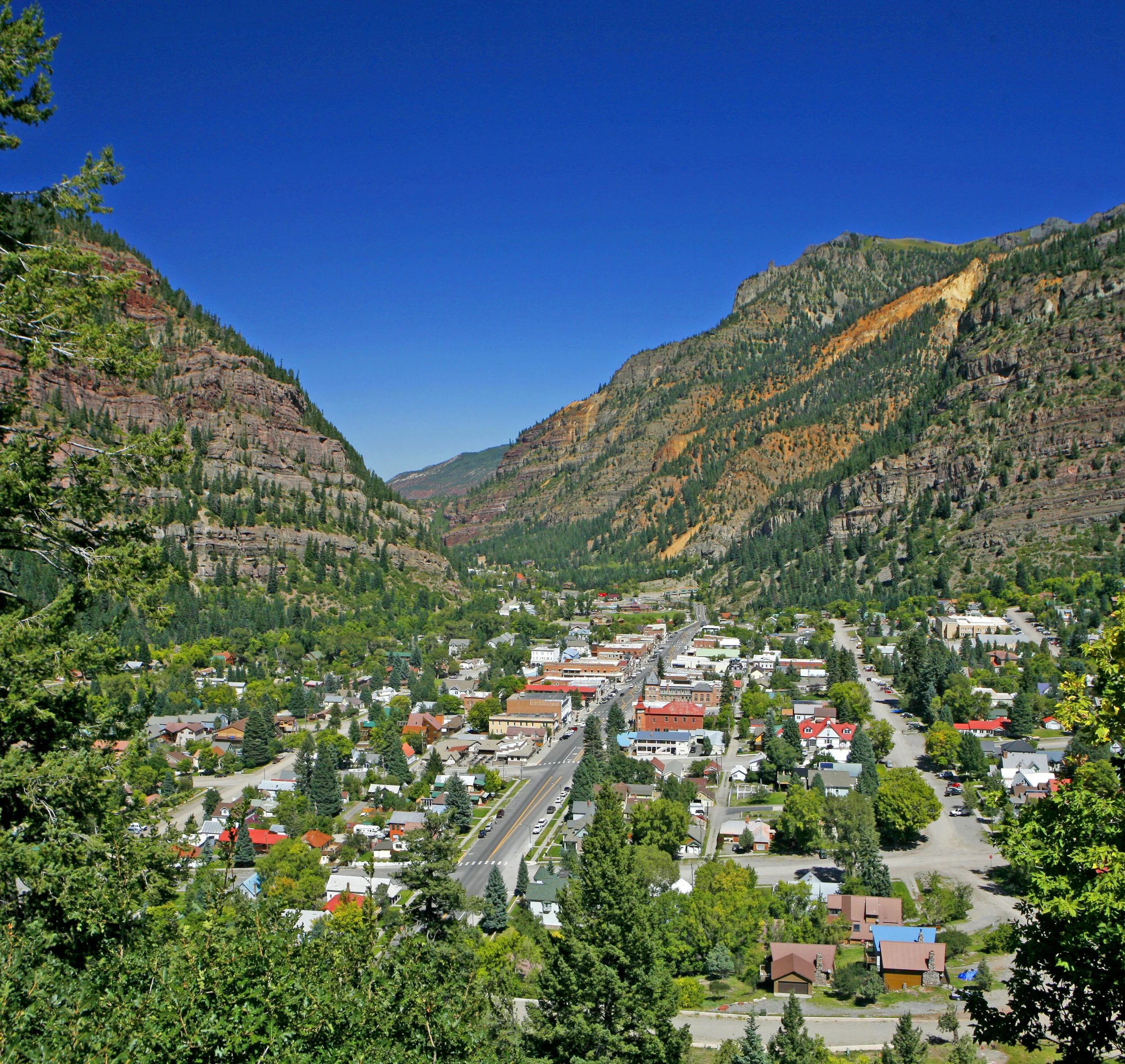When I started this music blog, a year ago, I planned to make “To the Morning” my initial entry. It made sense to launch a blog that honors pop songs with the first one to effectively change my life. But my “To the Morning” story is complicated; it jumps back and forth over 42 years and its influence on me can’t be described as a single lesson. It’s taken me a year to figure out the best way to tell this story, which begins a few years ago, when I was on a journey 2,000 miles from home…
It’s a beautiful morning in Ouray, Colorado, late September 2016. I’m on a three-week retreat in a secluded cabin, finishing a book manuscript. Before each day of writing, I start with a morning walk, taking in the majestic mountains surrounding Ouray. Once the sun makes it way over their Alp-like peaks, it washes the town in golden brilliance. The view is breathtaking; the sort of beauty that makes me want to sing, and for some reason, “To the Morning” comes to mind. Because I haven’t thought of the song in years, I really have to dig to remember its lyrics, until finally, the chorus comes back:
“And it's going to be a day
there is really no way to say no
to the morning
Yes, it's going to be a day
there is really nothing left to say but
come on morning…”
Softly singing as my walk weaves along a mountain stream, I begin to cry. Now, crying isn’t something I easily do—I can’t remember another time when a beautiful landscape has moved me to tears. What’s going on? I wonder. Why do a few lines from a remembered song trigger such strong emotion? Kicking up gravel on the trail, I search for an answer. There’s no hurry; my writing back at the cabin can wait. When something happens as important as a song moving me to tears, I’ve learned to pay attention. I keep walking and let “To the Morning” take me back to the first time I heard it…
It was in Music Appreciation class, freshman year of college, 1974. I’d randomly chosen the class because it had the word music in its title. I had no clue how to choose appropriate classes for my as-yet-undetermined major—hell, I didn’t have a clue who I was. Eighteen years old, my life seemed like an endless series of wrong turns. I was only certain that I couldn’t get enough of music and was curious what a class in appreciation of it would be like.
The class didn’t disappoint me. We were expected, as a final project, to research some form of music that we deemed important. I opted to write an in-depth review of the latest Carole King album. Not very innovative, I know, but someone else in the class took the project to a whole new level.
Diane and I struck up a friendship from the first day of classes, largely due to our interest in the same type of music. So, I didn’t hesitate when she asked me to meet her in the library one evening for a preview of her final project.
When I arrived at the library, Diane waved me over to a study cubicle. On a table were a slide projector, record player and an album, Homefree, by someone named Dan Fogelberg. I wasn’t familiar with his unusual last name, this being just before he’d broken into fame. As I settled in a chair facing a blank wall, Diane darkened the lights and set the record player’s needle on “To the Morning.” Take a listen.
Fogelberg’s piano dreamily set the stage for what Diane had prepared. After a few seconds, she pushed a button on the projector and a photo appeared: the sun breaking over the horizon. At the same moment, Fogelberg’s voice, gentle as his piano, began singing:
“Watching the sun, watching it come,
watching it come up over the rooftops…”
Seconds later, another picture appeared: a hiker heading into the sunrise. A few seconds more, another. Diane had selected dozens of evocative photos to interpret Fogelberg’s poetry, creating, years before MTV upended how we listen to our favorite songs, a music video!
After my introduction to Fogelberg, I added Homefree to my record collection and “To the Morning” became my go-to song for those moments in life when I’m witnessing beauty. Like this day, 42 years after my first listen, tearful on a Colorado morning.
It took more than one walk to figure out the genesis of my tears. As I recalled more of the song’s lyrics, why “Morning” had deeply moved me became clear:
“And maybe there are seasons
and maybe they change
and maybe to love is not so strange.”
Feeling the warm light of an Ouray morning, age 61, that last line catapults me back to my 18-year-old self, sitting in a darkened library room, my comprehension of love also in the dark. Up to that point, everything I’d heard about love—the girl/guy hooking-up kind—I did not understand. But, as I watched the marriage of photographs and music, something stirred in me. Diane had opened a tiny window into the idea of another way to love.
As I matured, I found other examples of love. They were on a quiet path through the woods or in conversation with a friend or how words on a page can make sense of a confused life. Before I left that Ouray cabin I wrote my first observations of the powerful influence from a single song and started a list of other important music, easily coming up with a couple dozen songs that were pivotal for me. From them, this blog was born. Sharing their stories with you continues to inspire me. Thanks for joining me on this journey.
